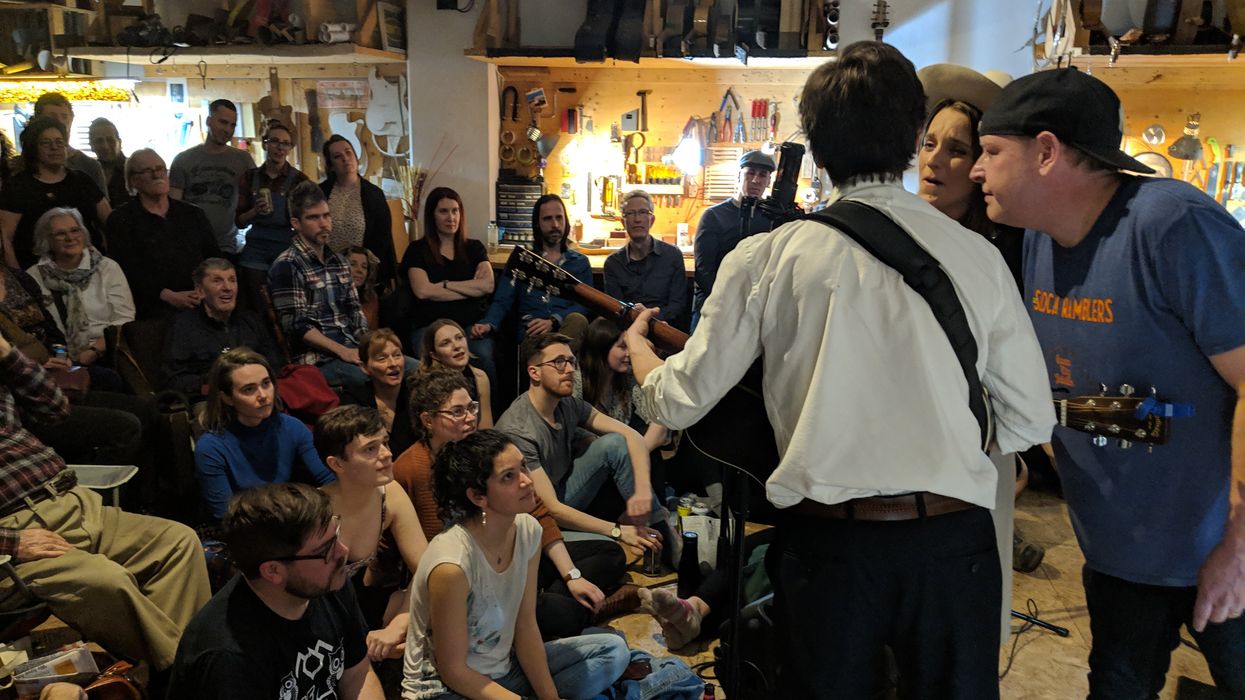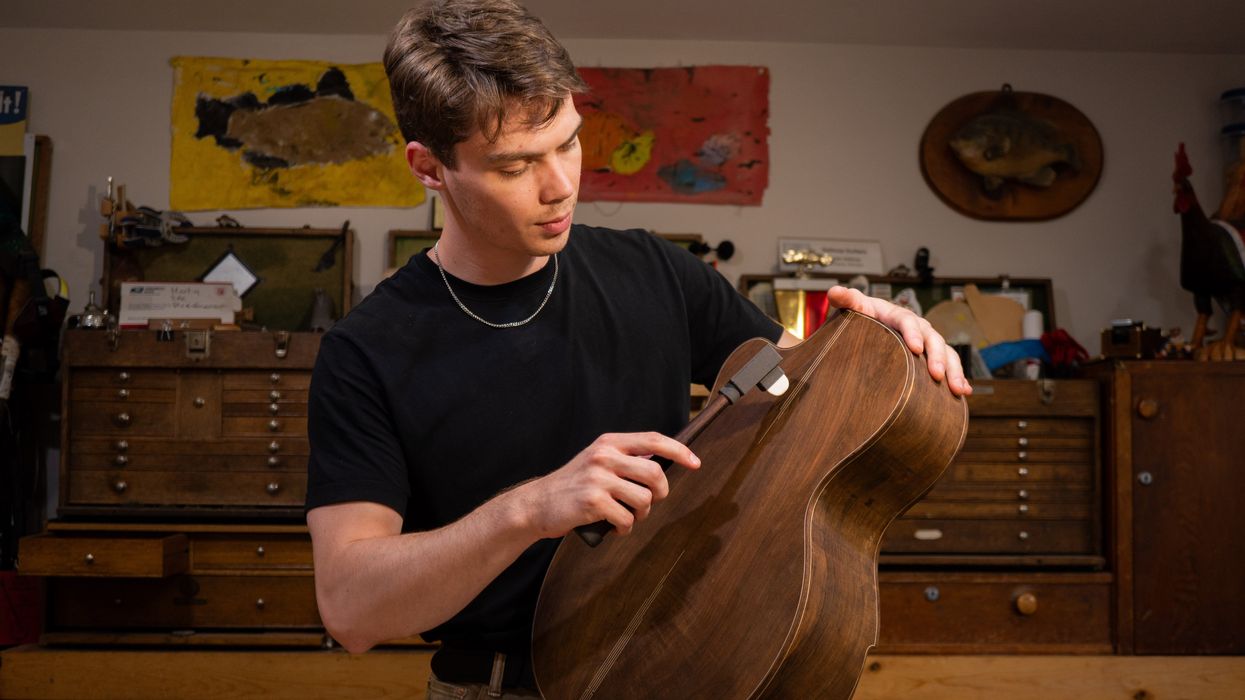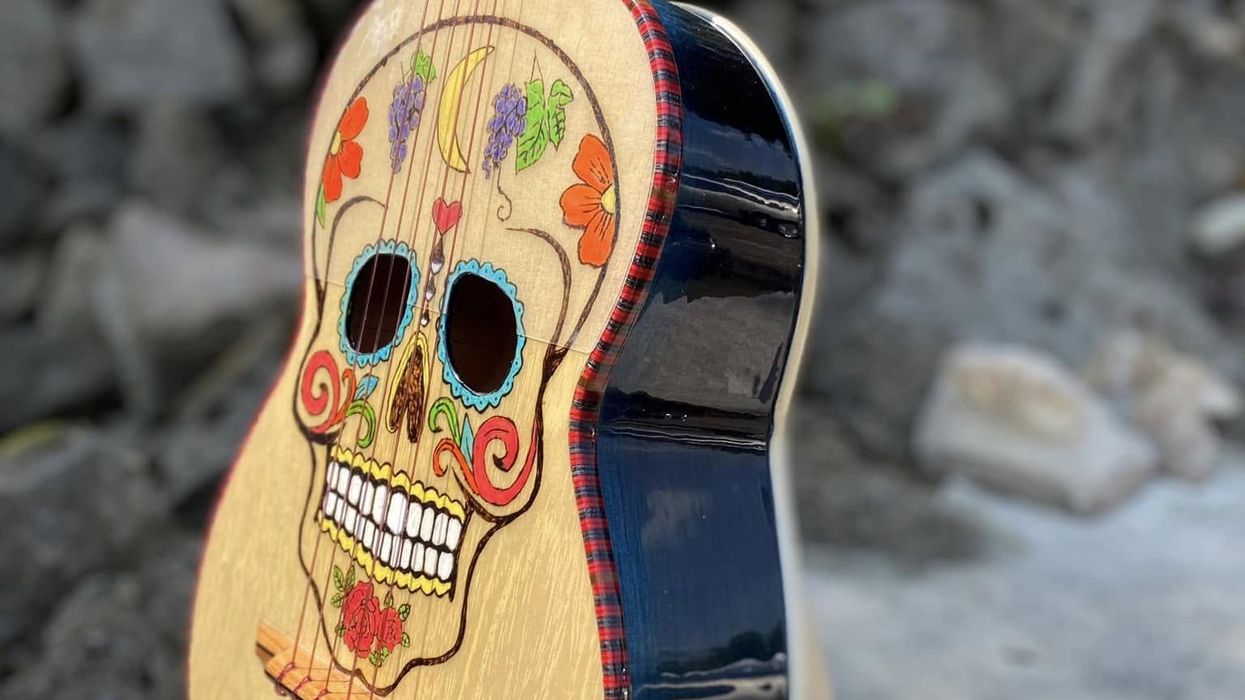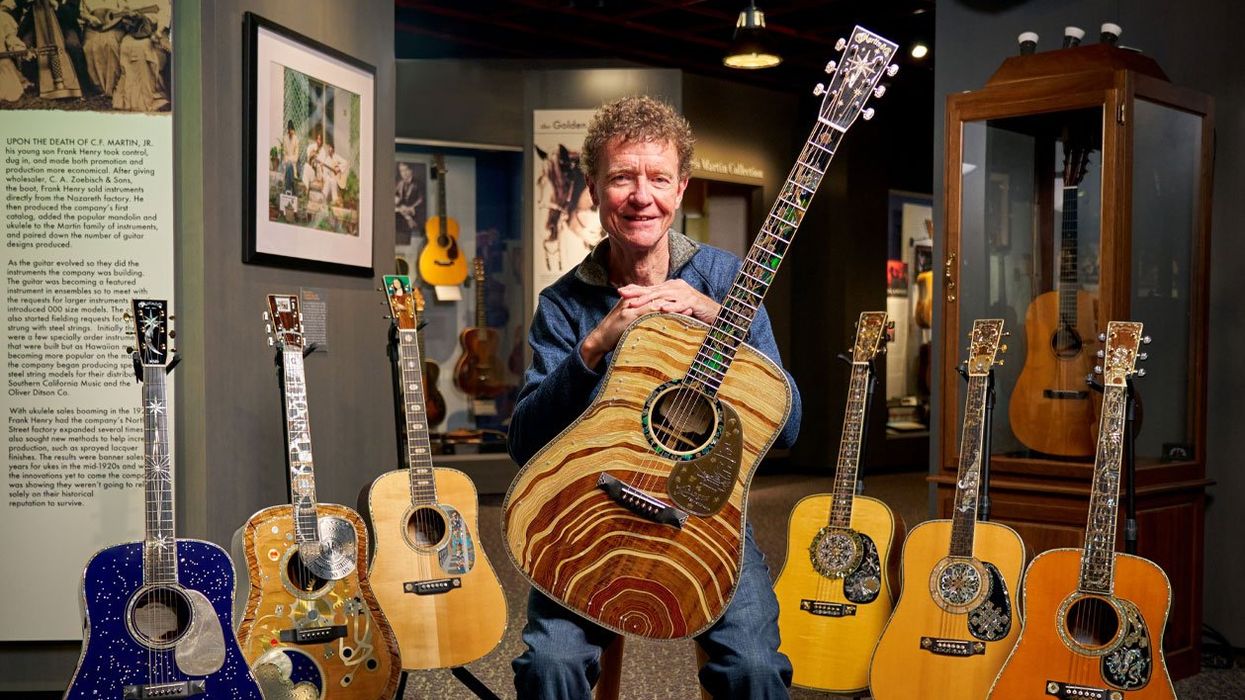The sound of an acoustic instrument being reproduced by a loudspeaker is like a painting. It’s a copy of reality—something that exists in your mind. As long as you can accept the notion that the sound of an amplified acoustic can never be an exact-but-louder replica of the same guitar played acoustically, then you’ve overcome a tremendous hurdle and can now start producing your own sonic painting. Like a painter uses light, shade, and color, you will be using a new palette of sounds, dynamics, and timbres to express your musical ideas and feelings.
Crafting a great live sound with an amplified acoustic guitar takes some work. The first and most crucial step, in my opinion, is to establish a reference of what a great live sound really is. This can only be accomplished by going out and listening to a lot of performances. If there’s a local artist you think has a great sound—all the better. Go hear the artist as often as possible and burn that sonic image into your brain. Tip: Don’t sit in the front row for every show. See if that sound you like so much holds up in the back of the room or in the middle of the audience.
The best studio engineers always reference a collection of exceptional mixes when evaluating their own work because sound is always subjective. It’s very easy to fool yourself and fall in love with something truly mediocre. Since your reference library is going to be live performances and you need to experience a lot of them, the exercise can be grueling and time consuming. No, you can’t establish your reference by listening to recordings. Studio recordings can be quite misleading since they represent things that can’t be experienced in a live setting. Even recordings of live events are of little use because you never know how much of the recording was from a direct feed versus what was actually happening in the room.
One of the best ways to illustrate the difference between what can be accomplished in a studio versus what can be accomplished live is to listen to some binaural recordings. According to Wikipedia: “Binaural recording is a method of recording sound that uses two microphones, arranged with the intent to create a 3-D stereo sound sensation for the listener of actually being in the room with the performers or instruments.” So grab some headphones (otherwise this won’t work very well) and check out these YouTube videos for reference.
Ex. 1 shows how powerful this recording technique can be, but it’s just not possible to use in a live situation unless everyone in the audience is wearing headphones. Ex. 2 is really close to the “my guitar only louder” theme, and Ex. 3 is as close as you’re going to get to pure acoustic performance, but again, not something that can be done in a live performance.
Ex. 4 and Ex. 5 are interesting when compared to Ex. 3. They are both studio recordings in pin-drop-quiet rooms without sound-reinforcing loudspeakers. In both Ex. 4 and Ex. 5, the bass notes are much more hyped than in Ex. 3 and the overall sound is much punchier. These examples might sound familiar to you and you may like what you’re hearing, but trying to reproduce them in a less than perfect room in front of a less than perfect audience—alongside PA cabinets and stage monitors—is going to lead to failure and frustration.
Binaural Listening Exercise
Ex. 1 is just for fun.
Ex. 2 demonstrates an acoustic and electric ensemble recorded in binaural.
Ex. 3 is a really good binaural studio recording of Lucy Rose on acoustic guitar.
Ex. 4 shows Lucy Rose playing the same song with a more traditional close-miking technique.
Ex. 5 is another version of “Shiver” from Lucy Rose recorded direct in a studio with a mix of mic and pickup.
The point again is that you’re going to have to spend serious time outside of your living room to establish a useful reference. Once that’s done, the next step will be to carefully identify the individual elements that make up that reference sound.
Before acquiring piles of the latest amplification gear (and spending boatloads of money in the process), it would be far more productive to spend the time and money on further education. At the very least, you’ll need to be comfortable with certain aspects of room acoustics and psychoacoustics. A strong working knowledge of audio equalization, delay, feedback fighting gear, and their proper use will be a necessity. Most importantly, you should make a serious effort to broaden and refine your critical-listening skills.
In my next column, I’ll recommend resources for this and share some concepts that have been invaluable to me in both my design work and managing sound in a live situation.



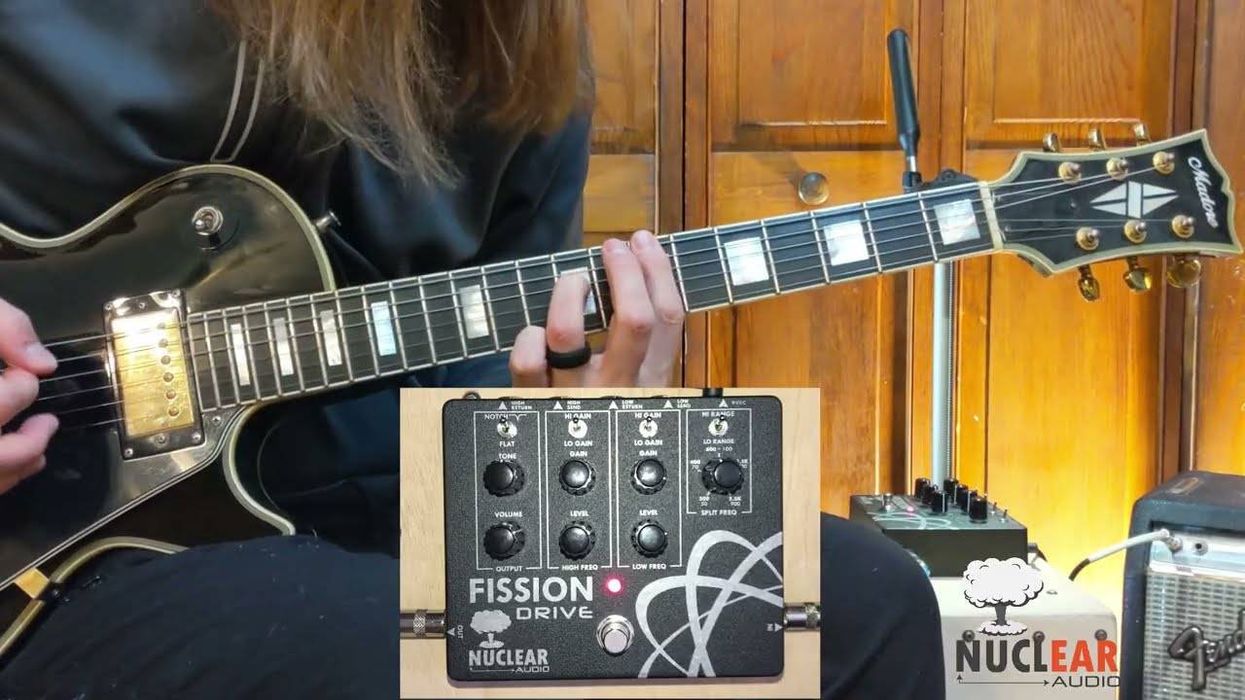
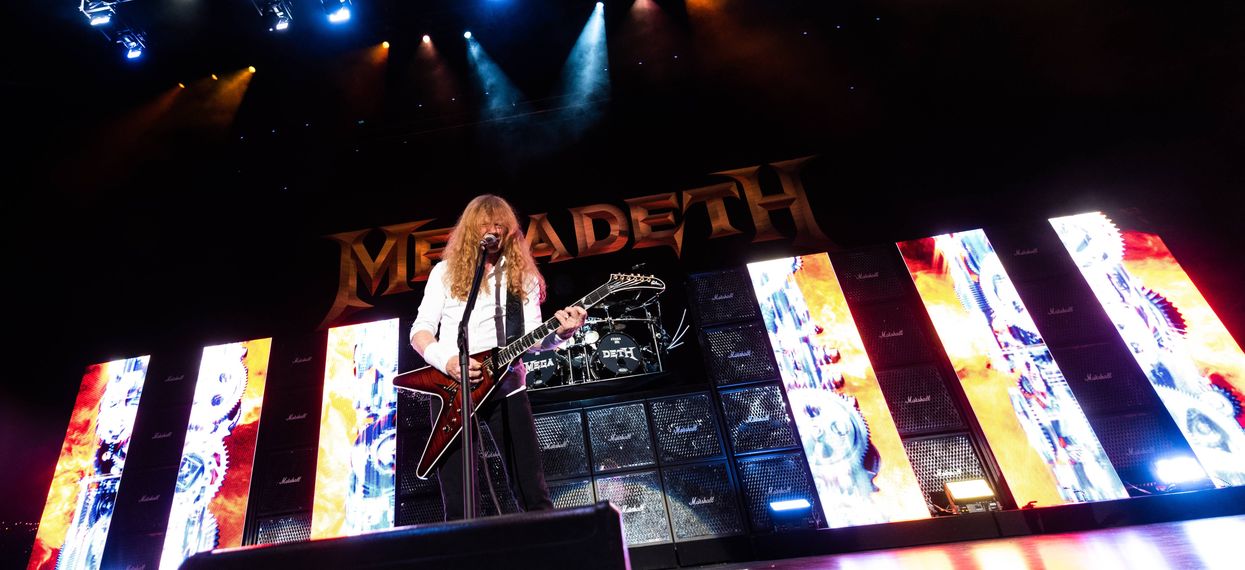
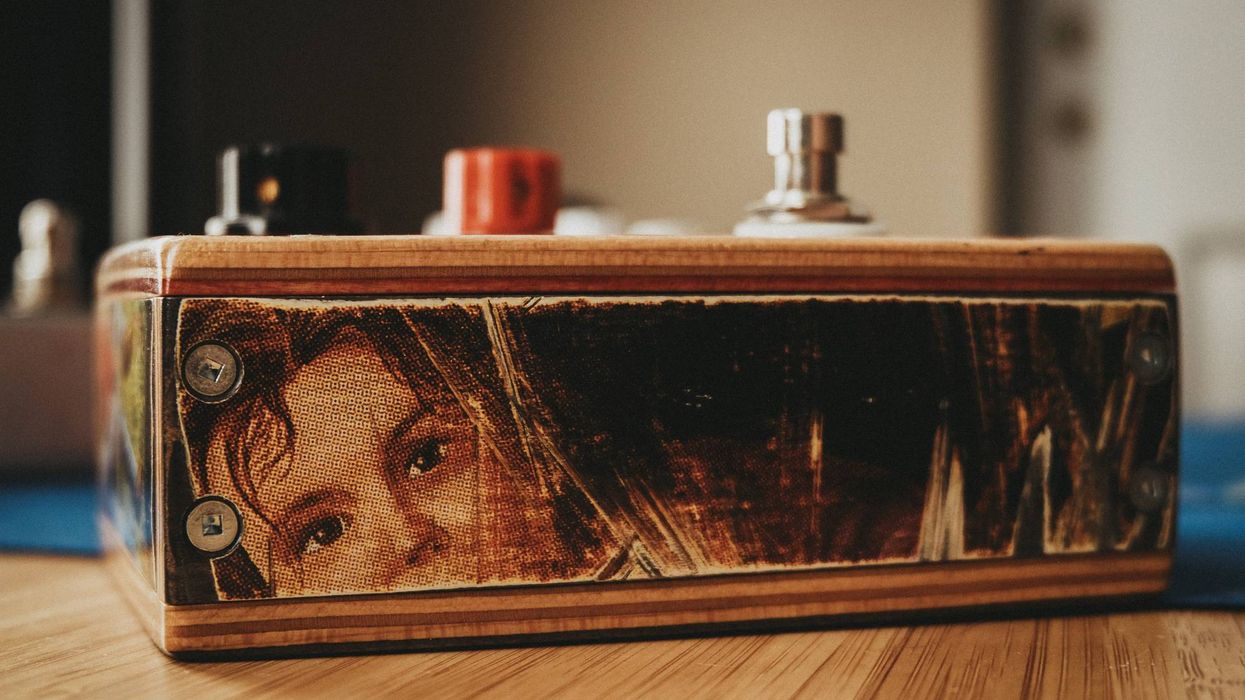
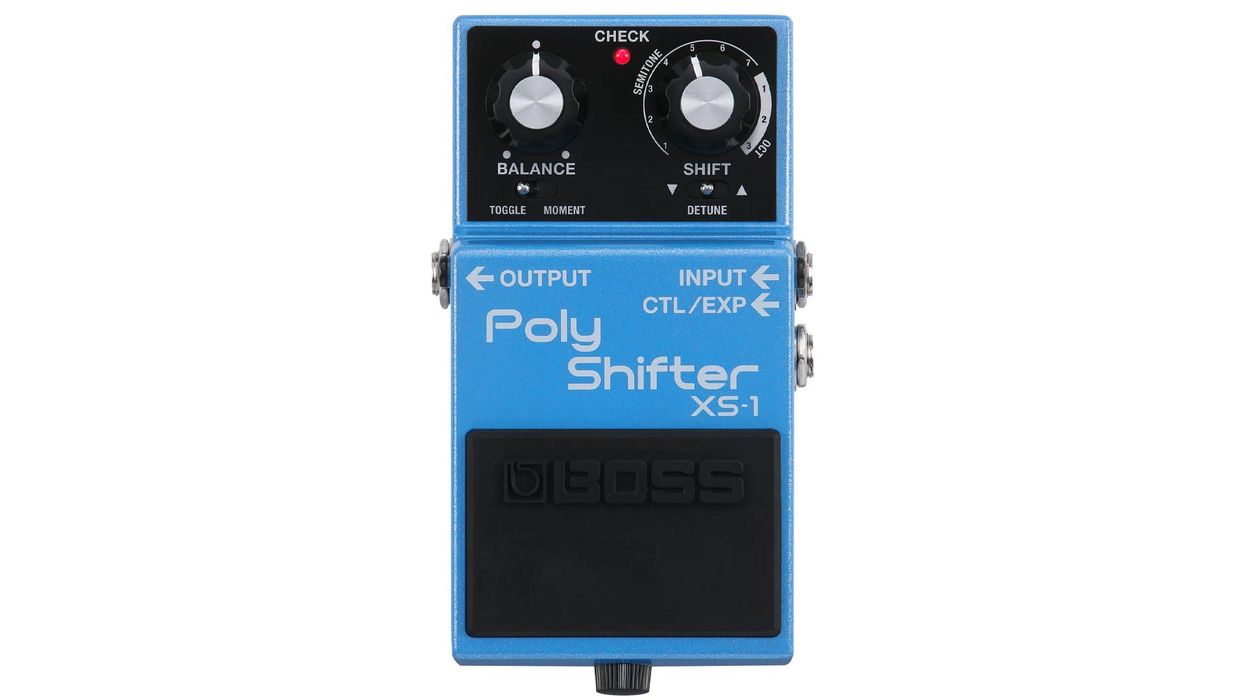
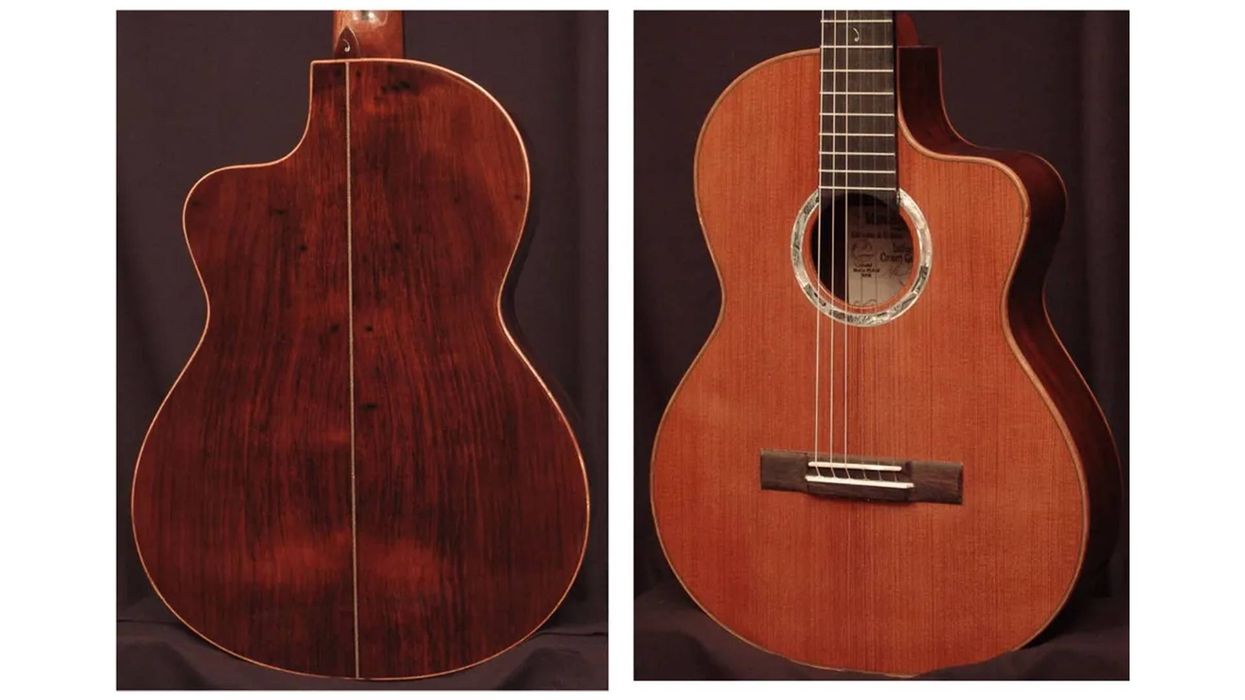
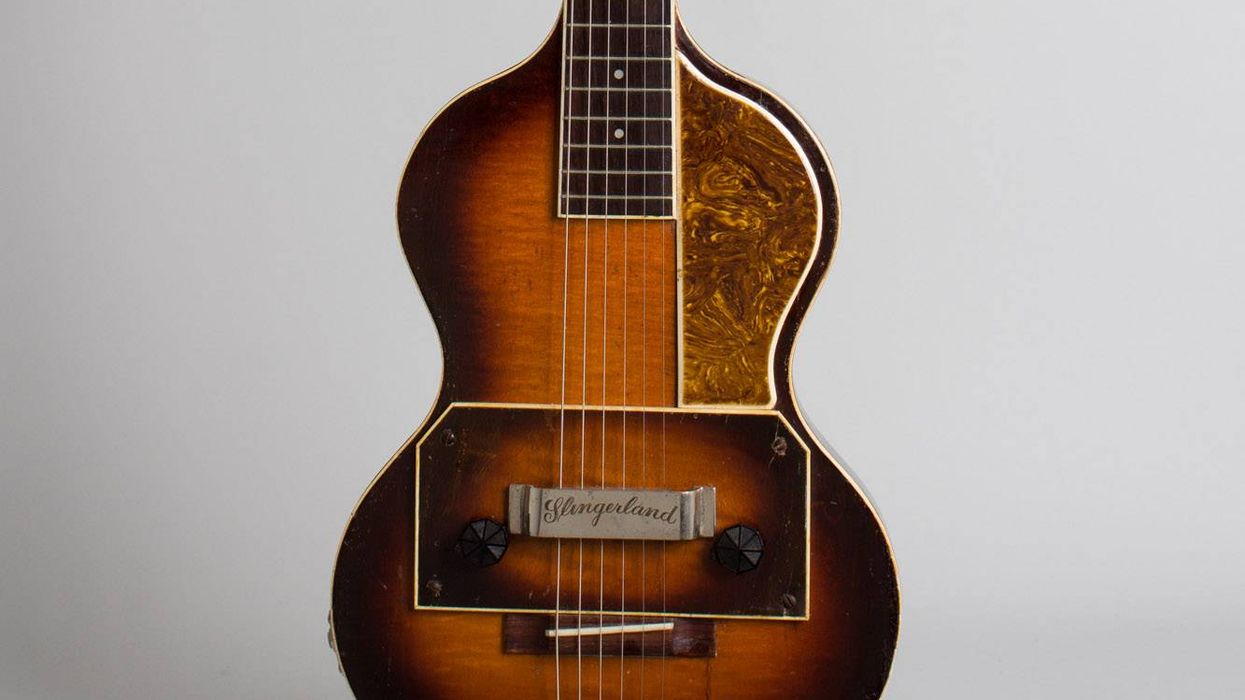
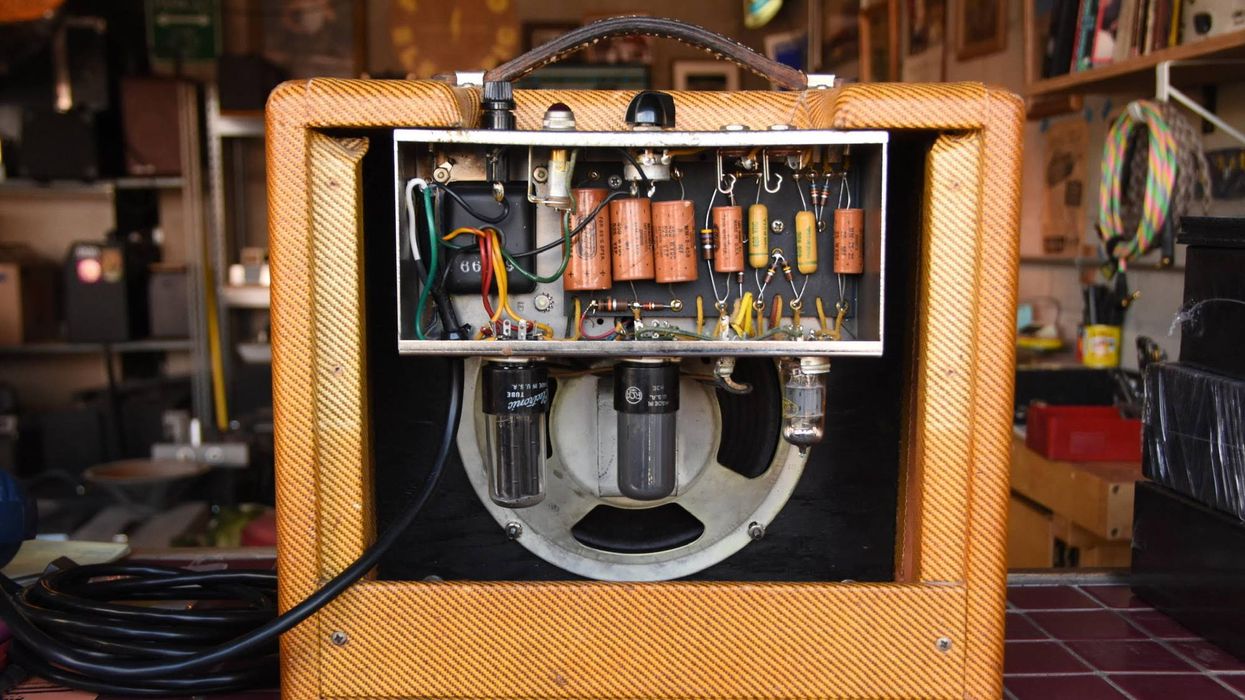

![Rig Rundown: Russian Circles’ Mike Sullivan [2025]](https://www.premierguitar.com/media-library/youtube.jpg?id=62303631&width=1245&height=700&quality=70&coordinates=0%2C0%2C0%2C0)


